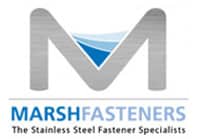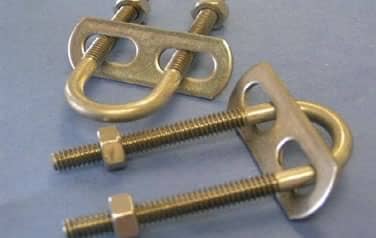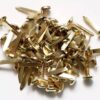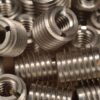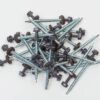Last Updated on August 5, 2022 by Marsh Fasteners
When it comes to screw holes, counterbore, countersink, and spot facing screws are often used interchangeably. However, there is a difference between these three popular screw holes. This difference lies mainly in the shape of the holes that they make, as well as the applications for which they are better used. We provide more information below.
- Counterbore Screw Holes
Essentially, a counterbore screw hole is a flat-bottomed screw hole that is also cylindrical in shape. Most people will opt to use this type of screw hole when it is necessary for a fastener, like a screw, for example, that needs to sit flush with or below the level of a workpiece's surface. Counterbore holes are also usually quite wide.
- Countersink Screw Holes
Countersink screw holes differ from counterbore screw holes in that they are more conical in shape and tend to be narrower. They are conical enlargements of coaxial holes. Similarly to counterboring, countersinking is used to get the head of the screw flush with or below the workpiece’s surface.
- Spot Facing Screw Holes
Spot Facing screw holes are more similar to counterbore screw holes than they are to countersink screw holes. A spotface generally takes the form of a very shallow counterbore and is used in order to provide a smooth, flat, accurately located surface.
While it is very important to choose and create an accurate screw hole, it is equally important to use a quality screw. Without both, the workpiece will not be able to reach its full potential in terms of sturdiness and longevity.
For more information about the different types of screw holes and for the widest selection of screws and other fasteners in Jupiter, Florida, be sure to contact Marsh Fasteners.
